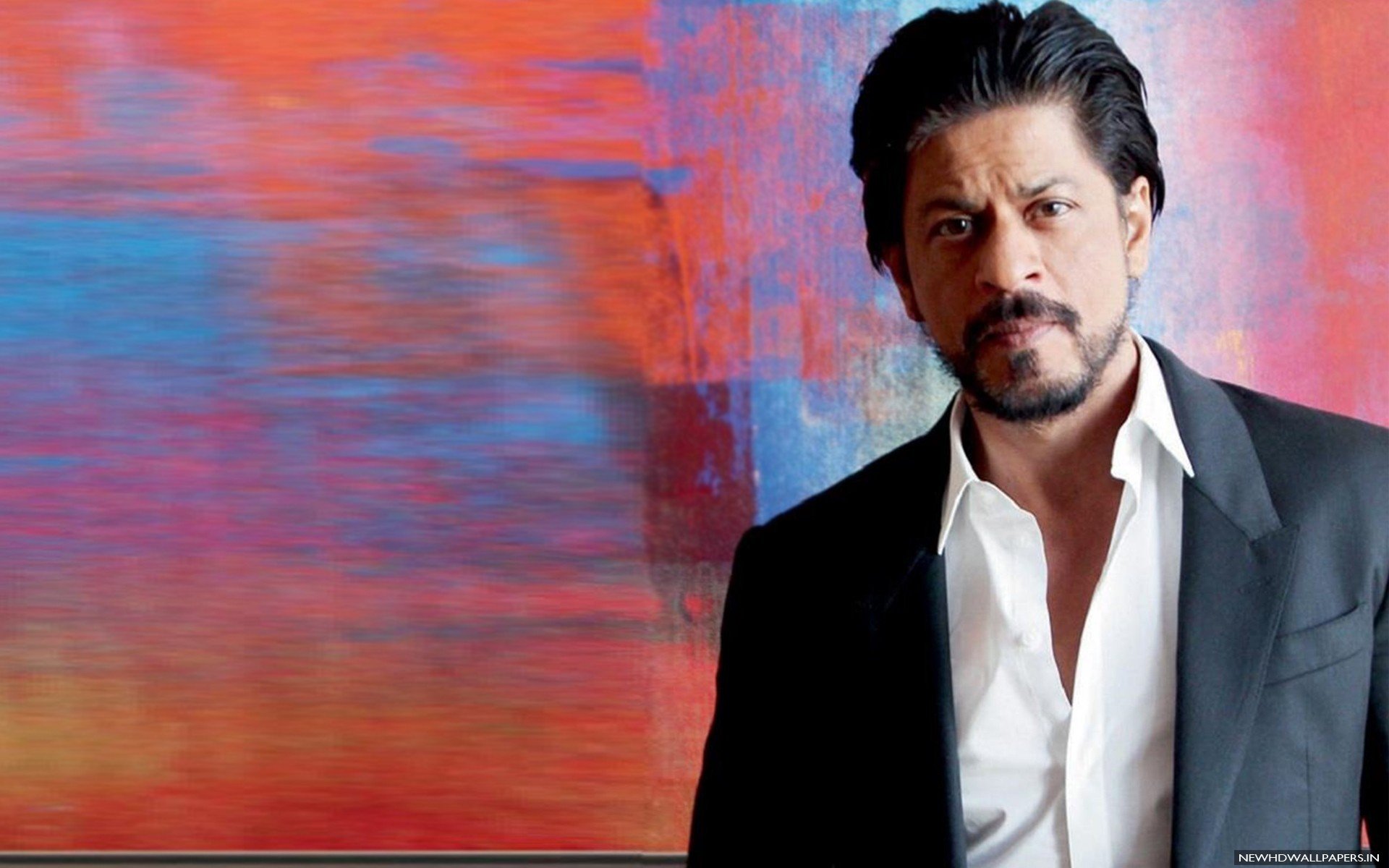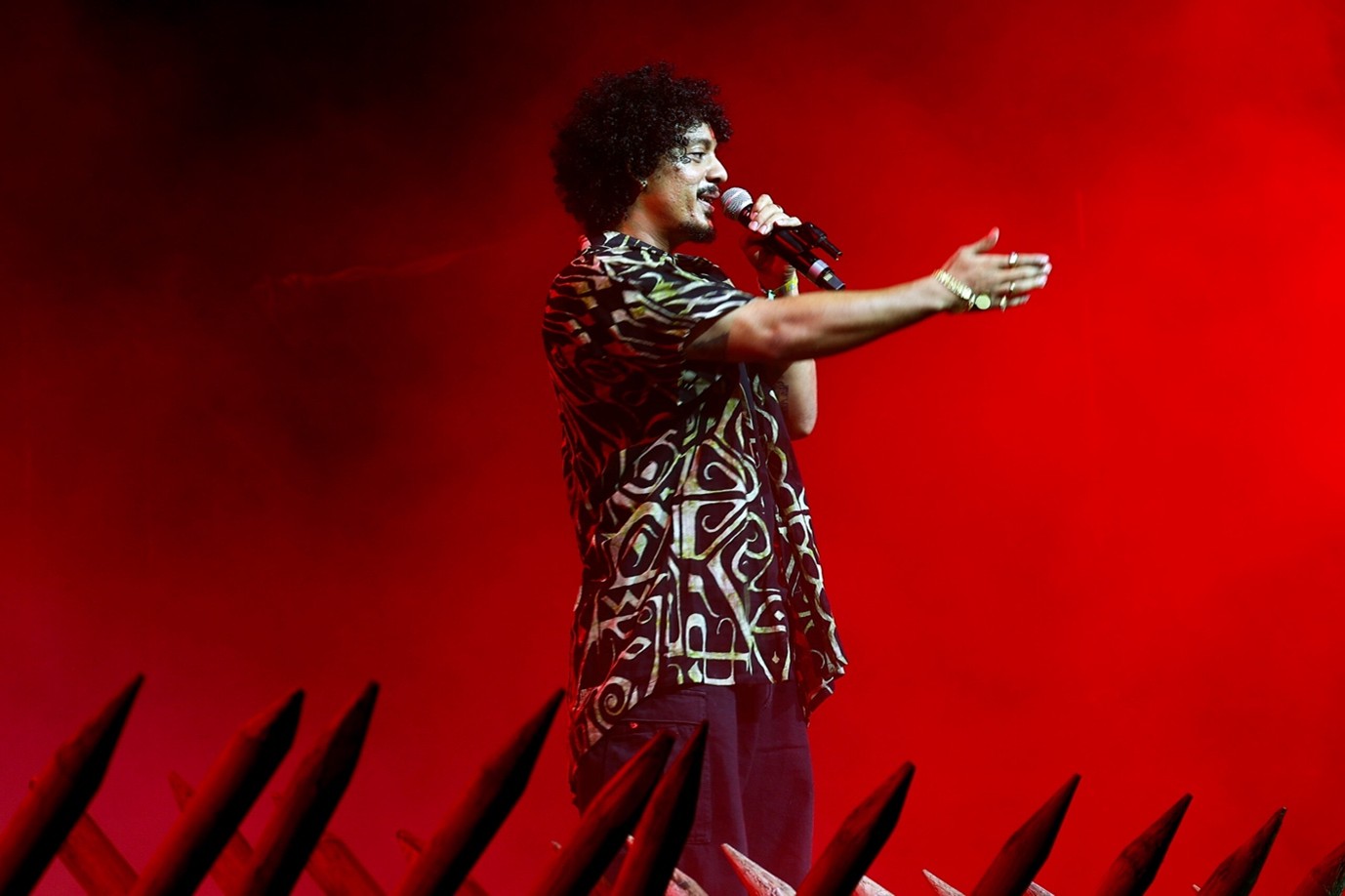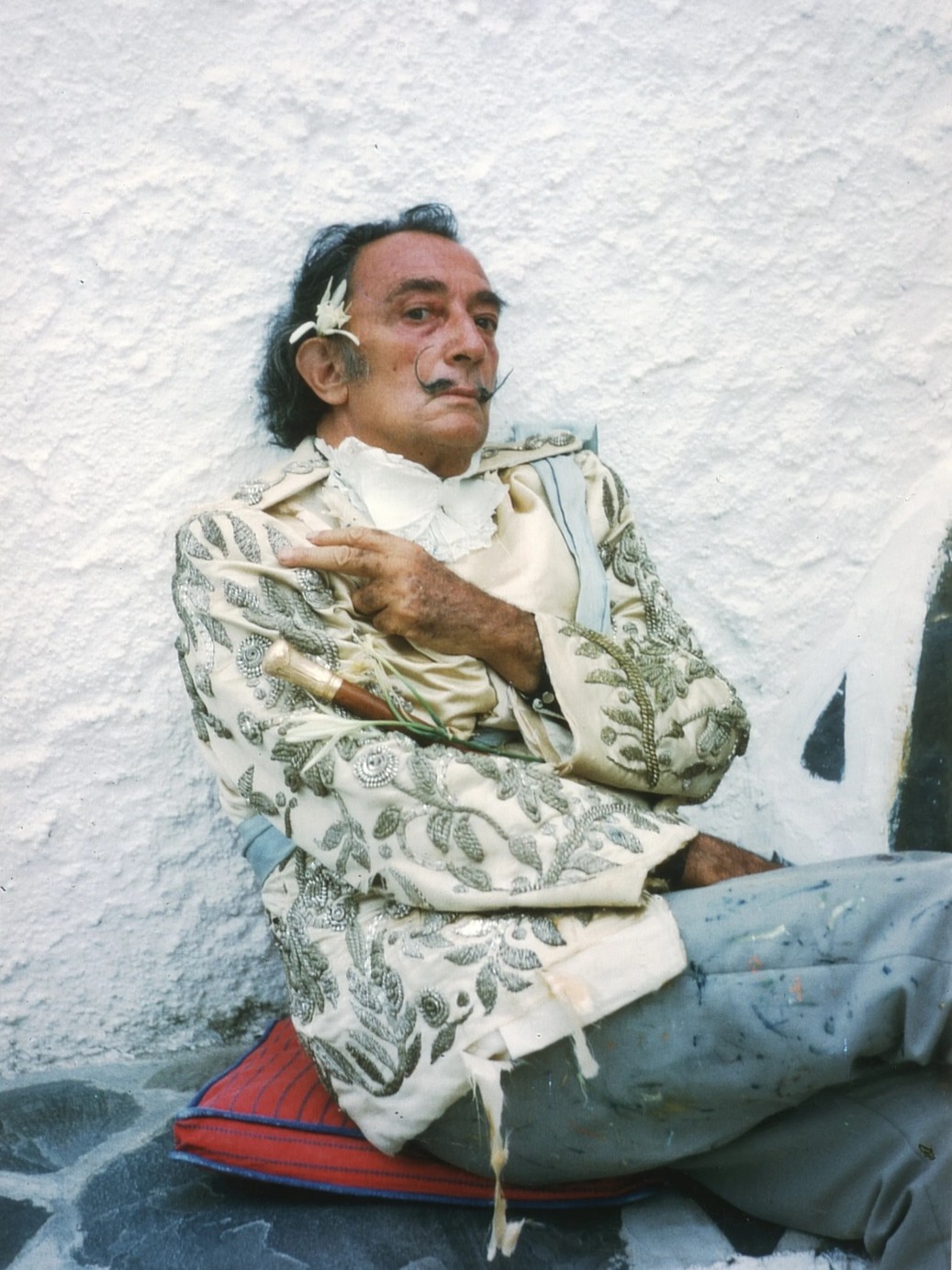
Dalí in India: A Surrealist Awakening
Salvador Dalí’s surrealist genius is making waves in India once again with a landmark exhibition that promises to be even bigger than the country’s first-ever showcase of his work just three months ago. Best known for his melting clocks in The Persistence of Memory (1931), Dalí’s artistry extends far beyond this iconic image. Pieces like Daddy Longlegs of the Evening – Hope! (1940), which captures both destruction and optimism through skeletal figures and melting structures, The Madonna of Port Lligat (1949), blending spirituality with nuclear physics, and The Hallucinogenic Toreador (1969–70), a visually intricate masterpiece filled with concealed imagery, offer a deeper dive into his creative universe.
Opening on February 7th at Visual Art Gallery, India Habitat Centre, Dali Comes to India will feature over 200 rare etchings, watercolors, and tapestries from the prestigious Pierre Argillet Collection. This exhibition not only presents an intimate look into Dalí’s dreamscapes but also underscores India’s growing influence in the global art scene. With India Art Fair in Delhi and Art Mumbai gaining prominence, the country is increasingly becoming a central hub for international artistic dialogue. The expansion of platforms like the Serendipity Arts Festival to Birmingham further cements this cultural exchange between East and West.
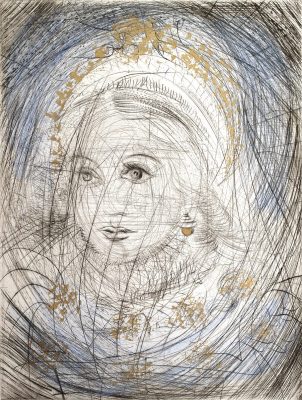
Dalí himself had a deep fascination with Indian philosophy, seeing connections between its mythological roots and Western spiritual traditions. His artistic universe often drew from such influences, blending surrealism with a profound curiosity for mysticism. Works like the Mythologie (1963–65) series and Les Chants de Maldoror (1934) showcase not just his boundless imagination but also his meticulous craftsmanship, with etchings so intricate they demand close examination under magnification.
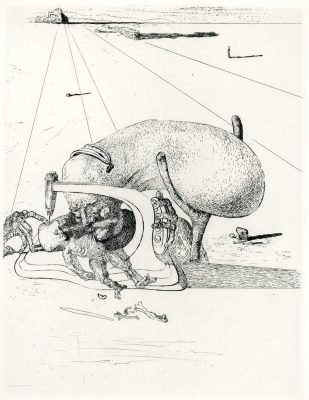
Beyond gallery walls, Dalí’s impact in India is extending into lifestyle spaces as well. New Dalí-inspired restaurants, such as Ristorante Dali in Delhi and Dali & Gala in Bengaluru, are bringing his eccentric vision to dining and decor. His approach to breaking artistic boundaries remains strikingly relevant in an era where AI challenges traditional creativity. Always ahead of his time, Dalí experimented with stereoscopic images and holograms—an indicator that, were he alive today, he would likely embrace artificial intelligence as a tool for his surrealist explorations.

With Dali Comes to India, this legendary artist’s work is not just being exhibited—it’s being reintroduced to a new audience, proving that his imagination and influence continue to transcend time.
POST A COMMENT
You must be logged in to post a comment.

